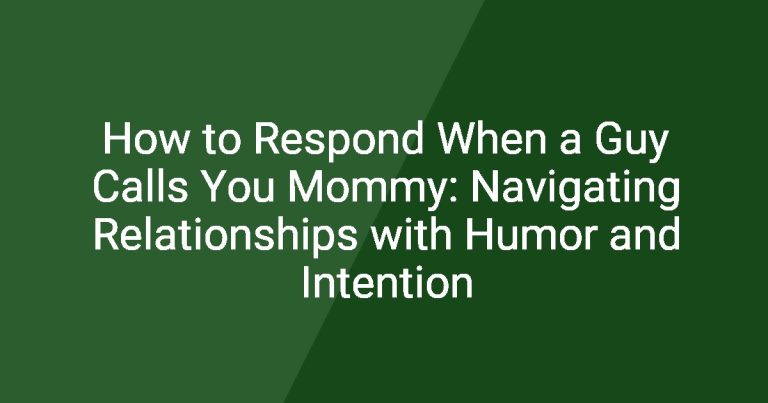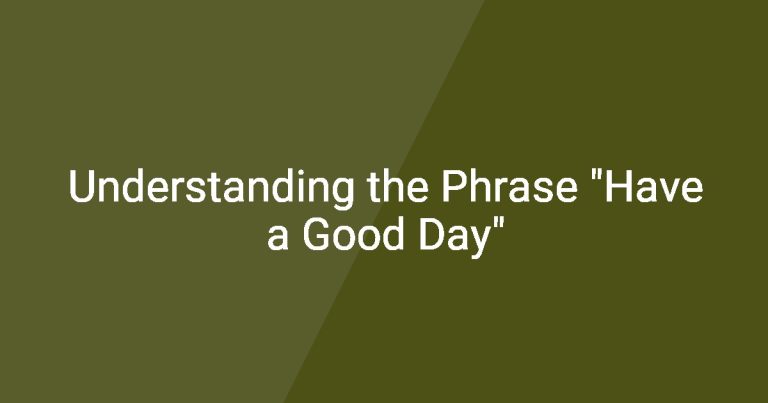Effective communication is a cornerstone of human interaction, impacting everything from personal relationships to professional environments. One simple phrase that can enhance conversations significantly is “thanks for the clarification.” This acknowledgment helps to bridge gaps, reduce misunderstandings, and deepen connections. Recognizing the importance of clarification in dialogue can fundamentally change the quality of our interactions, fostering a culture of transparency and understanding.
Definition and Context
What Does “Thanks for the Clarification” Mean?
At its core, “thanks for the clarification” signifies an acknowledgment of clearer information, often implying gratitude for the effort someone has made to explain themselves more thoroughly. This phrase is more than just polite; it is a powerful tool for reinforcing understanding and promoting a collaborative atmosphere.
When is it Appropriate to Use This Phrase?
This phrase can be effectively used in various settings:
- Professional settings: In meetings, emails, or even during performance reviews, expressing appreciation for clarity can pave the way for more fruitful discussions.
- Personal interactions: Whether among friends or family, being grateful for clarification encourages open communication and strengthens bonds.
The Importance of Clarification in Communication
Reducing Misunderstandings
Misunderstandings are common in everyday conversations due to vague language, differing interpretations, or cultural differences. Examining case studies can highlight these common sources of confusion. For instance, a study by the Proceedings of the National Academy of Sciences found that many workplace conflicts stem from poor communication, illustrating how critical it is to pursue clarity.
Building Better Relationships
Clear communication enhances trust and openness, especially in team settings. When team members express appreciation for clarifications, it fosters an atmosphere where everyone feels valued and understood, thus enhancing overall productivity and satisfaction.
How to Respond to Clarifications
Acknowledging the Clarification
When someone takes the time to clarify a point, it’s essential to acknowledge their effort. Simple responses, such as “Thank you for clarifying that” or “I appreciate your input!” can make a significant difference. These phrases not only show gratitude but also confirm that you are engaged in the conversation.
Asking Follow-Up Questions
After acknowledging a clarification, asking follow-up questions is crucial to ensure complete understanding. This engages the dialogue further and helps uncover more insights. Example questions include “Can you elaborate on that?” or “How does that apply to our current project?”.
Examples in Different Contexts
Professional Scenarios
In various professional scenarios, using the phrase “thanks for the clarification” can yield positive results. Consider these examples:
- Work meetings: After a colleague explains a complex project, saying “Thanks for the clarification; now I see how we can proceed.” encourages collaboration.
- Email communications: If a team member clarifies a deadline via email, responding with “Thanks for the clarification, that helps a lot!” reinforces communication.
- Performance reviews: During feedback sessions, expressing gratitude for constructive feedback with “Thanks for the clarification on my growth areas!” establishes a positive rapport.
Personal Situations
In personal conversations, this phrase also holds immense value:
- Family discussions: In family settings, using the phrase fosters an atmosphere of respect and consideration.
- Conversations with friends: When friends clarify misunderstandings about plans, expressing thanks can prevent unnecessary conflicts.
- Conflict resolution: In resolving disputes, appreciating clarifications can de-escalate tension and promote understanding.
Common Mistakes to Avoid
Not Expressing Gratitude
Failing to express gratitude when someone clarifies can lead to feelings of undervaluation. Recognizing the effort made by others to clarify is vital, as neglecting to do so may negatively impact rapport. Simple expressions like “Thanks for that!” can go a long way in building a positive relationship.
Assuming Understanding Without Clarification
Assumptions can be perilous in communication. There lies a danger in thinking one has understood something when it may not be the case. Fostering open dialogue can prevent these pitfalls; regularly asking questions and seeking clarification can ensure that everyone is on the same page.
Tips for Giving Clarifications
Be Clear and Concise
When providing clarifications, it’s crucial to be clear and concise. Employ strategies for effective explanation, utilizing structured information to simplify complex topics. A straightforward approach aids in comprehension, paving the way for productive discussions.
Encourage Questions
A vital element of effective clarification is encouraging questions. Creating an open environment for discussion invites engagement. Techniques to foster this include prompting attendees to ask questions and allowing space within conversations for them to express inquiries.
Conclusion
Recapping the importance of saying “thanks for the clarification” demonstrates the phrase’s role in cultivating a positive communication culture in various contexts. Advocating for a habit of gratitude and clarity in communication promotes better understanding and stronger connections.
Additional Resources
Books and Articles on Effective Communication
- Crucial Conversations – A resource for mastering high-stakes conversations.
- Nonviolent Communication – Cultivating empathy in communication.
Workshops and Online Courses on Clarification Techniques
Consider enrolling in workshops or online courses that focus on enhancing communication skills, offering practical tools to improve the clarity of your discussions.
Communication Tools and Apps to Assist in Clarity
Utilizing various communication tools and apps can facilitate clearer exchanges. Tools like Slack and Trello are excellent for improving professional communication.
| Scenario | Phrase Example | Impact |
|---|---|---|
| Work Meetings | “Thanks for the clarification! Now I understand the next steps.” | Promotes collaboration and clarity. |
| Email Communications | “I appreciate your clarification on the deadlines!” | Ensures acknowledgment and reduces confusion. |
| Family Discussions | “Thanks for clarifying your concerns!” | Fosters open communication and understanding. |
| Conflict Resolution | “I appreciate your perspective; thanks for clarifying.” | Helps in de-escalating tensions. |
FAQ
1. Why is it important to say “thanks for the clarification”?
It acknowledges the effort someone has made to clarify and creates a positive communication environment.
2. In which situations should I express thanks for clarifications?
In both professional and personal conversations, whenever a clearer understanding has been provided.
3. What are some phrases similar to “thanks for the clarification”?
Other phrases include “I appreciate the clarity” and “That makes sense—thank you!”
4. How can I encourage more clarifications in my discussions?
By creating an open environment where questions are welcomed and appreciated.
5. What approaches can help in reducing misunderstandings?
Employing clear and concise communication and actively seeking clarification when needed.
6. Can not expressing gratitude negatively impact relationships?
Yes, failing to express gratitude can lead to feelings of undervaluation and decreased rapport.
7. How can I structure my clarifications effectively?
By being direct, breaking down information into manageable parts, and focusing on the key points.
8. What role does active listening play in clarification?
Active listening enables you to understand better and ask pertinent questions that foster clarity.
9. Should I always respond to clarification with gratitude?
Yes, responding with thanks promotes a culture of appreciation and understanding.
10. How can I overcome hesitance in expressing gratitude for clarifications?
Practice makes perfect; start small, and it will become a natural part of your communication style.







